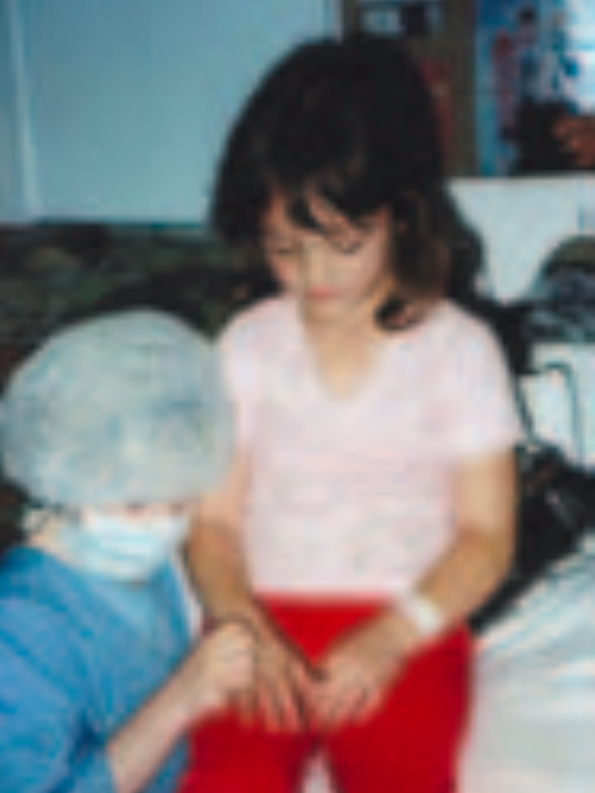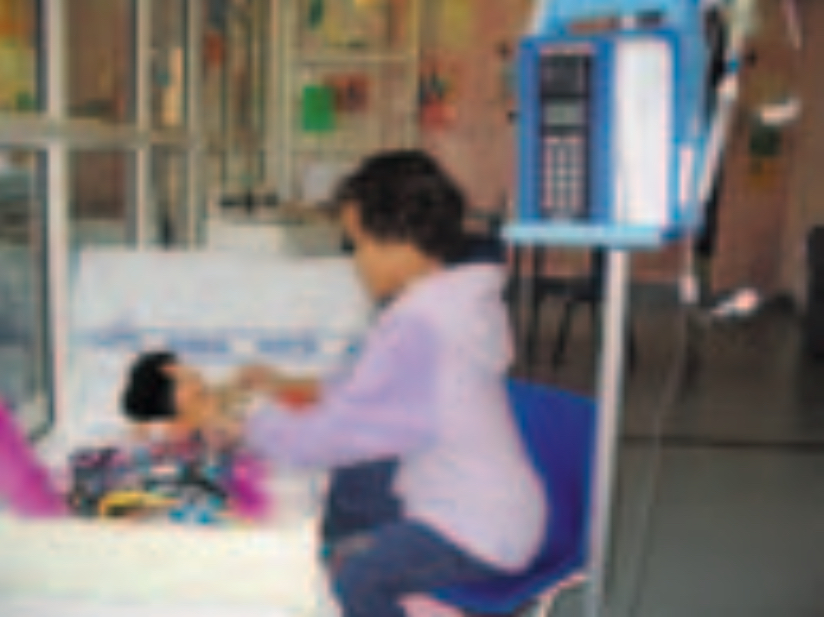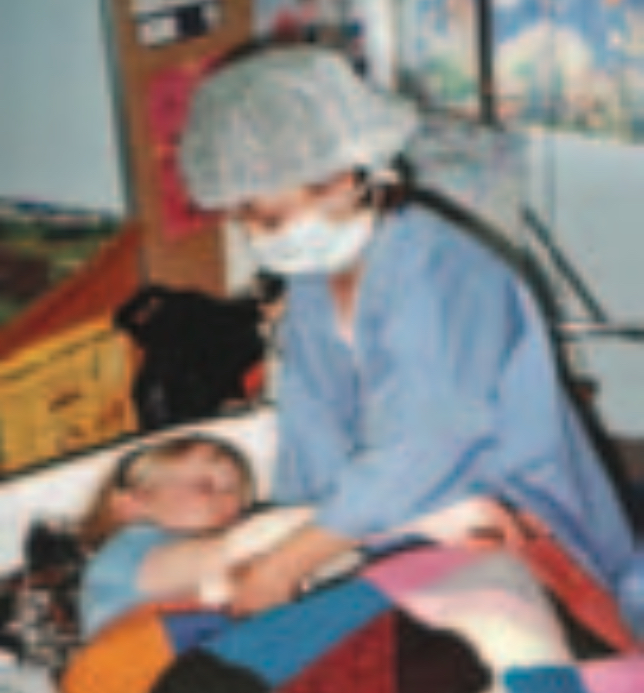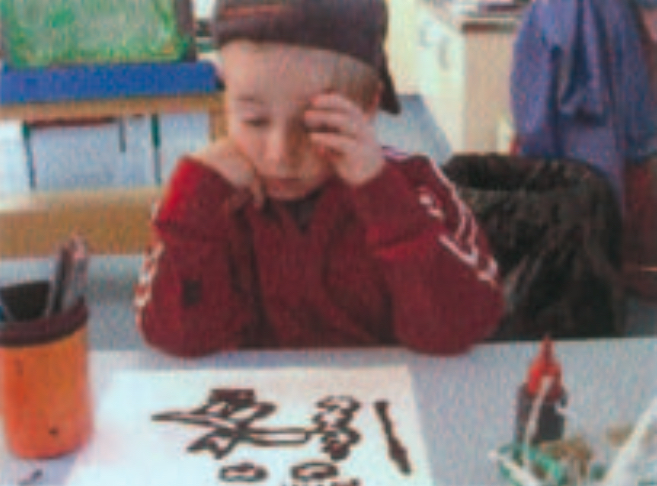Kei Tua o te Pae
Kei Tua o te Pae/Assessment for Learning: Early Childhood Exemplars is a best-practice guide that will help teachers continue to improve the quality of their teaching.
The exemplars are a series of books that will help teachers to understand and strengthen children's learning. It also shows how children, parents and whānau can contribute to this assessment and ongoing learning.
We are making improvements to our download-to-print functionality. So if you want a printed copy there are PDF versions available at the bottom of the main cover page.
The three domains of Well-being – Ngā rohe e toru o te Mana Atua
Te Whāriki elaborates on the Well-being/Mana Atua strand:
"The health and well-being of the child are protected and nurtured. Children experience an environment where: their health is promoted; their emotional well-being is nurtured; they are kept safe from harm.4
Ko tēnei te whakatipuranga o te tamaiti i roto i tōna oranga nui, i runga hoki i tōna mana motuhake, mana atuatanga … Kia rongo ia i te rangimārie, te aroha, me te harikoa, ā, kia mōhio ki te manaaki, ki te atawhai, me whakahirahira i a ia me ōna hoa, me ōna pakeke." 5
The three interwoven domains of Well-being/Mana Atua are described (as goals) in the English text of Te Whāriki, and each domain includes indicative learning outcomes. The exemplars presented in this book can each be allocated to one of these three domains.


-
Health
-
This domain emphasises the physical indicators of health: knowledge, skills, and attitudes to do with eating, sleeping, toileting, and keeping warm. One of the foundations of health and well-being is teachers’ attunement to the children’s cues, which enables sensitive and well-informed relationships. In “Dreaming the day away”, Lewis’s caregiver describes her strategies for “reading” Lewis’s cues for being tired and needing a sleep. This record will be useful for other teachers getting to know Lewis and for reassuring the family that Lewis’s health and well-being are in safe hands. In “Fish pie, please”, Nicholas is involved in choosing the lunch menu. The teacher writes up the chef’s story, and Nicholas’s parents add more information to the record. In “Hannah goes without a nappy”, Hannah’s caregiver describes Hannah’s first experiences at the centre without a nappy and how she stayed calm when they had to travel some distance to find a toilet.

Dispositions and working theories include developing ways of coping with fears and anxieties (and interests) to do with health services, sometimes through stories and drama. A hospital playroom, the setting for the “Today in the playroom” exemplar, provides more examples of children exploring the daunting mysteries of health services. These stories will travel with the children between home and hospital, making a point of connection for other children and offering a catalyst for discussing potentially frightening topics.
-
-
Emotional well-being
-
Well-being/Mana Atua develops in a safe and trustworthy environment where all children are valued and enabled to be involved. Enjoyment too is a feature of such an environment.7 Well-being requires integration of the emotional with the cognitive, the social, and the physical. Health includes the attunement of the body to the mind and the spirit. Mason Durie explains this in his model of te whare tapa whā as four domains – taha wairua, which relates to identity; taha hinengaro, which is about knowledge, information, and behaviour; taha tinana, which relates to physical health; and taha whānau, which refers to the place of the child within whānau and the wider social context or community.8 A key aspect of Well-being is the principle of Empowerment or Whakamana, where children are enabled increasingly to make their own choices and to remain focused on a task for a sustained period.

Assessments give value to being “deeply involved” – the capacity to be ready, willing, and able to pay attention, maintain concentration, and tolerate a moderate amount of change, uncertainty, and surprise. In “Finn’s dragonfly”, Finn is deeply involved in drawing a dragonfly. The teacher reminds him of previous occasions when he was equally focused and concentrated and offers specific detail about what he did to keep going. Book 4 includes examples of children contributing to their own assessments. These are good examples of how assessments themselves can enable children to be engaged in their own learning, make thoughtful choices, and determine their own actions. In “Caroline spreads her wings”, photos and comments document Caroline’s progress towards independence, something that her mother is eager to encourage.
Working theories include developing ways of making sense of emotional events, sometimes through stories and drama. Working theories about the world include a sense of being of value in a particular setting. They also enable children to develop an understanding that they can help others to cope with distress and in turn can rely on others to help them cope with experiences of grief and anxiety.
In “Making a card for Great-grandad”, Zachary talks about making his great-grandfather a card to “cheer him up”. The teacher and another child, Monique, are involved in his conversations about death and dying. The assessment portfolios at that centre provide a place for a Parent’s voice that adds useful information for the teachers in developing an understanding of Zachary’s situation.
“Pōwhiri for the new principal” illustrates that well-being and a sense of belonging are closely aligned. It records (for the children, the families, and the whānau) an episode in which the childcare centre’s community is greatly valued and the children’s “exemplary” behaviour is clearly described: sitting quietly, standing to waiata when required, and remaining respectful for the whole hour.
-
-
Safety from harm
-
Children develop a sensitivity to place and occasion that provides them with capacity to “read” the environment and to recognise places where they trust the people, places, and things to keep them safe while they become focused and involved over a sustained period. Revisiting stories about learning can assist with this development, to the point of their recognising that the resources available to help them overcome their fears10 and to keep themselves safe in their early childhood education centre may be different from the resources available in their homes.
Being safe is a value that encompasses physical, cultural, spiritual, and emotional safety and the idea that children should feel safe to “speak out” and be safe from exclusion. The opposite of a child feeling safe to speak out is the concept of whakama, where some children exhibit a humility that limits their full participation. This can be misconstrued as being a lack of interest or apathy. Connections with Belonging/Mana Whenua are clear in this Well-being/Mana Atua strand. We can talk about a safe environment that enables a safe and trusting child. This is an absolutely central goal for early childhood education; young children do not have the power to create their own safe environments.
This enthusiasm can be reflected in assessments. Assessments also give value to being ready, willing, and able to take increasing responsibility for safety. Dispositions include respect for rules about harming others and the environment and an understanding of the reasons for such rules. In “Alexander and the trees”, Alexander’s interest in trees includes taking action to protect them when he perceives that they may not be safe from harm. When this story goes home and is read by others, Alexander will gain a reputation as someone who protects the environment.
Working theories for making sense of the world include recognising that strategies for being safe from harm are different in different places and that safety is distributed across people, places, and things. In “Leora cares for others”, Leora takes responsibility for ensuring that Hannah is involved in what the group is doing and feels safe, and Leora comforts another child, Krystal, with a toy when Krystal is hurt. This kind of documentation sets down some features of this place: children help to keep each other safe from harm. Hannah and Krystal may well copy Leora, and the teacher’s recording will remind her and other teachers to notice and recognise any such acts of caring for others.

-
